Crucial Role of Manual Handling Equipment in Workplace Safety: A Must for Australian Workplaces
Date Posted:23 April 2024
By providing ergonomic support, enhancing safety compliance, and improving efficiency, manual handling equipment plays a critical role in safeguarding the well-being of workers and promoting a culture of safety in the workplace.
In every workplace, safety is paramount. Whether it's a bustling factory floor, a busy construction site, or an office setting, ensuring the safety of employees should always be a top priority. Manual handling equipment plays a crucial role in achieving this goal, particularly in Australian workplaces where stringent safety regulations are in place. In this blog, we'll delve into why manual handling equipment is indispensable for all workplaces, building sites, and factories across Australia, ensuring safe operations and protecting the well-being of workers.
Importance of Manual Handling Equipment:
Manual handling refers to any activity that requires the use of force by a person to lift, lower, push, pull, carry, or otherwise move or restrain an object. Without proper equipment and techniques, manual handling tasks can pose significant risks to workers, leading to injuries and accidents. Manual handling equipment, such as lifting aids, trolleys, and hoists, plays a vital role in mitigating these risks by providing ergonomic support and reducing the physical strain on workers.
Safety Regulations and Compliance:
In Australia, workplace safety is governed by stringent regulations and standards set forth by Safe Work Australia and state-specific regulatory bodies. These regulations mandate the use of appropriate manual handling equipment to minimize the risk of workplace injuries. Failure to comply with these regulations can result in severe penalties, including fines and legal repercussions. Therefore, employers have a legal obligation to ensure that their workplaces are equipped with the necessary manual handling equipment to protect their employees and maintain compliance with safety standards.
Preventing Musculoskeletal Injuries:
One of the primary reasons why manual handling equipment is essential in workplaces, building sites, and factories is to prevent musculoskeletal injuries. Manual handling tasks, such as lifting heavy objects or repetitive movements, can lead to strains, sprains, and other musculoskeletal disorders if performed incorrectly or without proper support. Manual handling equipment, such as lifting slings, pallet jacks, and conveyor systems, helps distribute the weight of loads evenly and allows workers to move objects safely without risking injury to their muscles and joints.
Enhancing Efficiency and Productivity:
Beyond safety considerations, manual handling equipment also plays a role in enhancing efficiency and productivity in the workplace. By automating manual tasks and reducing the physical exertion required from workers, equipment such as forklifts, conveyor belts, and palletizers streamline operations and enable faster turnaround times. This not only improves productivity but also minimizes downtime due to injuries or fatigue-related issues, ultimately benefiting both employers and employees.
Customized Solutions for Specific Industries:
Different industries have unique manual handling requirements based on the nature of their operations and the types of loads they handle. Manual handling equipment suppliers offer a range of specialized solutions tailored to meet the specific needs of various industries. For example, construction sites may require heavy-duty lifting equipment such as cranes and hoists, while warehouses may benefit from pallet racking systems and order picking trolleys. By investing in customized solutions, employers can ensure that their manual handling processes are optimized for safety and efficiency.
Training and Education:
While manual handling equipment is essential for safe operations, proper training and education are equally important. Employers should provide comprehensive training programs to their employees on the correct use of manual handling equipment and techniques. This includes instruction on how to operate equipment safely, how to assess risks associated with manual handling tasks, and how to implement control measures to mitigate those risks. Additionally, ongoing refresher training should be conducted to reinforce safety protocols and ensure compliance with best practices.
Cost-Effectiveness and Return on Investment:
Some employers may hesitate to invest in manual handling equipment due to concerns about cost. However, the long-term benefits of implementing such equipment far outweigh the initial investment. By reducing the incidence of workplace injuries and associated costs, including medical expenses, worker compensation claims, and productivity losses, manual handling equipment ultimately proves to be a cost-effective solution. Moreover, the improved morale and job satisfaction resulting from a safer work environment contribute to higher employee retention rates and overall business success.
Conclusion:
In conclusion, manual handling equipment is indispensable for all workplaces, building sites, and factories across Australia. By providing ergonomic support, enhancing safety compliance, and improving efficiency, manual handling equipment plays a critical role in safeguarding the well-being of workers and promoting a culture of safety in the workplace. Employers must prioritize the implementation of appropriate manual handling equipment, coupled with comprehensive training programs, to mitigate the risk of workplace injuries and ensure the long-term success of their businesses. Ultimately, investing in safety today leads to a healthier, more productive workforce and a brighter future for Australian workplaces.



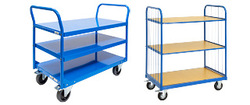

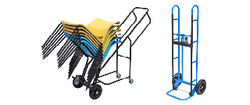


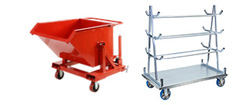
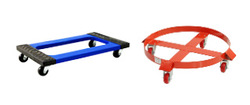
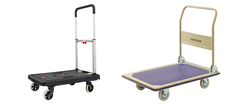
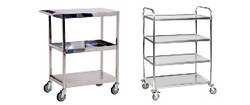

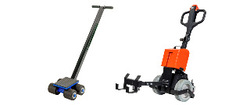
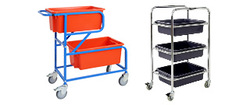
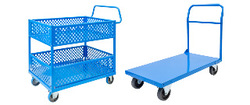
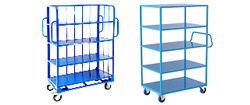
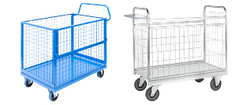
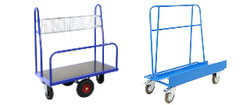
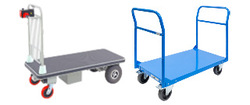
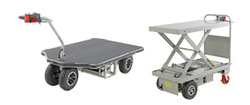
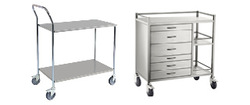
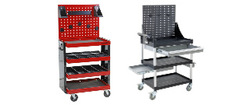
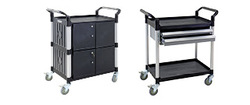
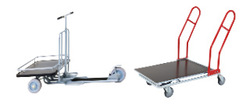
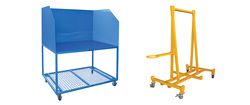



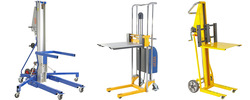



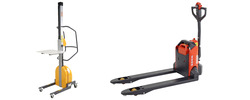
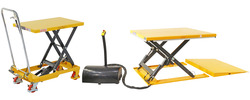
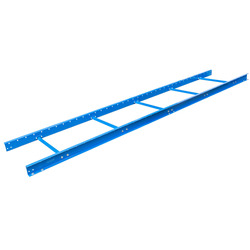
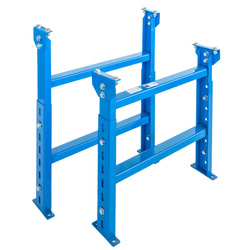

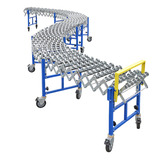



















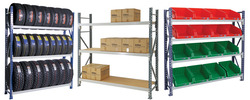
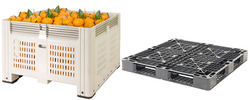
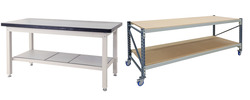
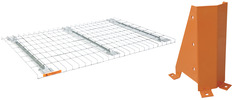
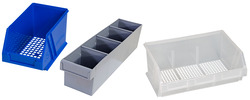

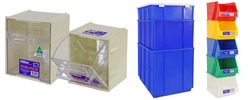

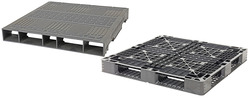

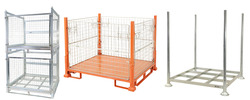

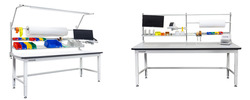


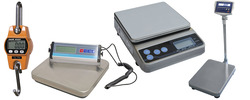



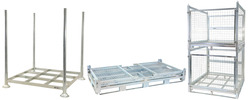
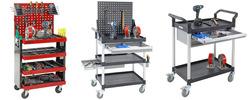
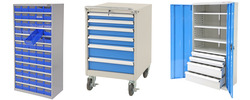

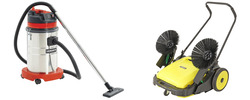





















































 Trolleys / Hand Trucks
Trolleys / Hand Trucks 2 Tier Trolleys
2 Tier Trolleys 3 Tier Trolleys
3 Tier Trolleys Aluminium Trolleys
Aluminium Trolleys Appliance & Hand Trucks
Appliance & Hand Trucks Cage Trolleys
Cage Trolleys Cleaning Carts & Trolleys
Cleaning Carts & Trolleys Construction Trolleys
Construction Trolleys Dollies
Dollies Foldable Trolleys
Foldable Trolleys Hospital Trolleys
Hospital Trolleys Laundry/Linen Trolleys
Laundry/Linen Trolleys Load Skates & Tow Tugs
Load Skates & Tow Tugs Mail / Office Trolleys
Mail / Office Trolleys Multi Purpose Trolleys
Multi Purpose Trolleys Multi-Tier Shelf Trolleys
Multi-Tier Shelf Trolleys Order Picking Trolleys
Order Picking Trolleys Panel Cart Trolleys
Panel Cart Trolleys Platform Trolleys
Platform Trolleys Powered Trolleys
Powered Trolleys Stainless Steel Trolleys
Stainless Steel Trolleys Tool Trolleys
Tool Trolleys Utility Carts
Utility Carts Warehouse Trolleys
Warehouse Trolleys Custom Trolleys
Custom Trolleys Lifting Equipment
Lifting Equipment Forklift Attachments
Forklift Attachments Jib Attachments
Jib Attachments Lifting Hoists & Pallet Hooks
Lifting Hoists & Pallet Hooks Manual Stackers & Lifters
Manual Stackers & Lifters Pallet Jacks
Pallet Jacks Pallet Lifters
Pallet Lifters Pallet Rotators & Dispenser
Pallet Rotators & Dispenser Powered Pallet Trucks & Electric Lifters
Powered Pallet Trucks & Electric Lifters Scissor Lift Trolleys and Tables
Scissor Lift Trolleys and Tables Conveyor Equipment
Conveyor Equipment Conveyor Frames
Conveyor Frames Conveyor Stands
Conveyor Stands Roller Conveyors
Roller Conveyors Skate Wheel Conveyors
Skate Wheel Conveyors Access Equipment
Access Equipment Container & Yard Ramps
Container & Yard Ramps Step Stools & Ladders
Step Stools & Ladders Work Platforms & Crane Cages
Work Platforms & Crane Cages Drum Handling
Drum Handling Drum Storage & Bunding
Drum Storage & Bunding Drum Trolleys & Lifters
Drum Trolleys & Lifters Forklift Drum Handling
Forklift Drum Handling Containment & Spillage
Containment & Spillage Aerosol Cans Storage Cages
Aerosol Cans Storage Cages Bunded Pallets & Storage
Bunded Pallets & Storage Corrosive Goods Storage Cabinets
Corrosive Goods Storage Cabinets Flammable Liquid Cabinets
Flammable Liquid Cabinets Forklift Gas Storage Cages
Forklift Gas Storage Cages Gas Cylinder Storage
Gas Cylinder Storage Site Storage
Site Storage Spill Kits
Spill Kits Stillage Cages
Stillage Cages Waste Handling
Waste Handling Bin Lifters & Tippers
Bin Lifters & Tippers Plastic Waste Bins and Carts
Plastic Waste Bins and Carts Steel Waste and Tipping Bins
Steel Waste and Tipping Bins Storage Equipment
Storage Equipment Heavy Duty Cabinets & Benches
Heavy Duty Cabinets & Benches Heavy Duty Shelving
Heavy Duty Shelving Mega Bins & Pallets
Mega Bins & Pallets Packing Benches
Packing Benches Pallet Racking Accessories
Pallet Racking Accessories Parts Trays & Stor-Pak Bins
Parts Trays & Stor-Pak Bins Pegboard & Louvre Panels
Pegboard & Louvre Panels Plastic Bins
Plastic Bins Plastic Handling Solutions Bins
Plastic Handling Solutions Bins Plastic Pallets
Plastic Pallets Stack & Nest Bins
Stack & Nest Bins Storage Cages
Storage Cages Workplace Equipment
Workplace Equipment Workbenches
Workbenches Modular Workbenches
Modular Workbenches Electric Height-Adjustable Workbenches
Electric Height-Adjustable Workbenches Floor Matting
Floor Matting Industrial Weighing Scales
Industrial Weighing Scales Pallet Wrapping & Packaging Machinery
Pallet Wrapping & Packaging Machinery Ramps
Ramps Stationery Cupboards
Stationery Cupboards Storage and Stillage Cages
Storage and Stillage Cages Tool Trolleys
Tool Trolleys Tooling Cabinets
Tooling Cabinets Wheelie Bins
Wheelie Bins Workshop Equipment
Workshop Equipment Safety Equipment
Safety Equipment Gloves and PPE
Gloves and PPE Pallet Rack Post Protectors
Pallet Rack Post Protectors Safety Barriers & Bollards
Safety Barriers & Bollards Safety Knives & Cutters
Safety Knives & Cutters Signs and Traffic Supplies
Signs and Traffic Supplies Tool & First Aid Boxes
Tool & First Aid Boxes Construction Equipment
Construction Equipment Concrete Equipment
Concrete Equipment General Site Equipment
General Site Equipment Lifting Equipment
Lifting Equipment Site Storage
Site Storage Waste
Waste  MHA's Specials
MHA's Specials










